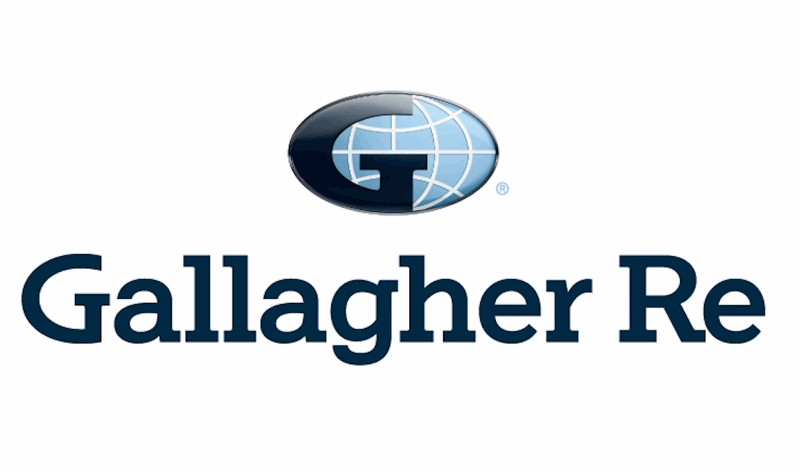Gallagher Re reveals leaked data as a strong predictor of cyber insurance claims
- August 11, 2025
- Posted by: Taylor Mixides
- Category: Insurance

Reinsurance company Gallagher Re, through the expertise of its authors James Poynter, William Gildea, Mohit Motwani, and their Cyber Analytics team, presents a comprehensive analysis of how technographic data can be leveraged to enhance underwriting in commercial cyber insurance.
Their research focuses on the development and application of the Technographic Insight Discovery Engine (TIDE), a proprietary tool designed to extract the most meaningful technographic indicators and translate them into practical insights for insurers.
Historically, cyber insurance underwriting has relied heavily on firmographic data such as revenue, country of operation, and industry sector to evaluate risk and price policies.
However, Gallagher Re’s work highlights how insurers are increasingly turning to technographic data to gain a more nuanced understanding of cyber risk.
The challenge, as the team explains, lies in the vast quantity and complexity of technographic data, alongside the difficulty of establishing clear, quantitative links between this data and actual claims experience.
Gallagher Re’s collaborative approach involves integrating technographic information with extensive firmographic and claims datasets, enabling a more robust assessment of cyber risk across the insurance market.
Their recent partnership with Orpheus Cyber, a provider of threat-led cyber risk ratings, has been pivotal. Orpheus applies machine learning combined with real-time threat intelligence to generate security scores that reflect an organisation’s exposure from the perspective of threat actors.
This includes positive recognition for effective security measures as well as emphasis on vulnerabilities and ongoing attacks.
One of the standout findings from Gallagher Re’s analysis is the significant predictive value of leaked information — sensitive data exposed through breaches or made publicly accessible, including login credentials, financial records, and personal information.
The research shows that leaked information is a powerful indicator of claim frequency, surpassing many traditional firmographic variables.
By examining data from over 47,000 companies and more than 1,000 claims, the team found that organisations in the highest risk quintile, as identified by Orpheus’ technographic scoring, are over twice as likely to experience a cyber claim compared to those in the lowest risk group.
This effect is even more pronounced in ransomware claims, where the highest risk group is over three times more likely to be targeted.
Gallagher Re’s data scientists utilise advanced machine learning techniques, complemented by Explainable AI, to interpret complex models and reveal which features most strongly influence risk predictions.
According to the authors of this paper, this approach helps underwriters focus on the technographic metrics that truly matter and understand how variations in these measures affect an organisation’s risk profile.
Notably, while firmographic data such as revenue and industry remain important, the addition of technographic insights—especially leaked information and attack surface metrics like the number of exposed hosts—provides substantial added value in predicting claims.
The team at Gallagher Re acknowledges that leaked information data can be noisy, with false positives and data validity issues complicating its use.
Yet, their analysis suggests that when combined with quality threat intelligence, as provided by Orpheus, this data can be effectively filtered and interpreted to yield reliable risk signals. This highlights the importance of integrating expert analysis with raw data to enhance underwriting precision.
Gallagher Re also explores how insurers can apply these findings in practice, helping them calibrate risk selection and pricing strategies.
For example, the research shows that a relatively small percentage of insured entities with elevated leaked information scores account for a disproportionate share of claims, allowing insurers to target their underwriting efforts more efficiently. This balance supports portfolio growth while managing exposure to high-risk applicants.
The implications of this research are significant for the cyber insurance market. Gallagher Re’s authors emphasise that incorporating technographic data—especially well-interpreted leaked information—into underwriting processes can improve the accuracy of risk assessment, lead to more competitive pricing, and enhance portfolio performance.
Their ongoing studies aim to further explore the role of technical footprint metrics, the importance of detailed claims tagging, and the integration of claims severity analysis to better inform pricing adequacy.
In conclusion, Gallagher Re’s work, led by James Poynter, William Gildea, and Mohit Motwani, advances the industry’s understanding of how external technographic data can be harnessed to make cyber underwriting more effective and insightful.
This website states: The content on this site is sourced from the internet. If there is any infringement, please contact us and we will handle it promptly.



